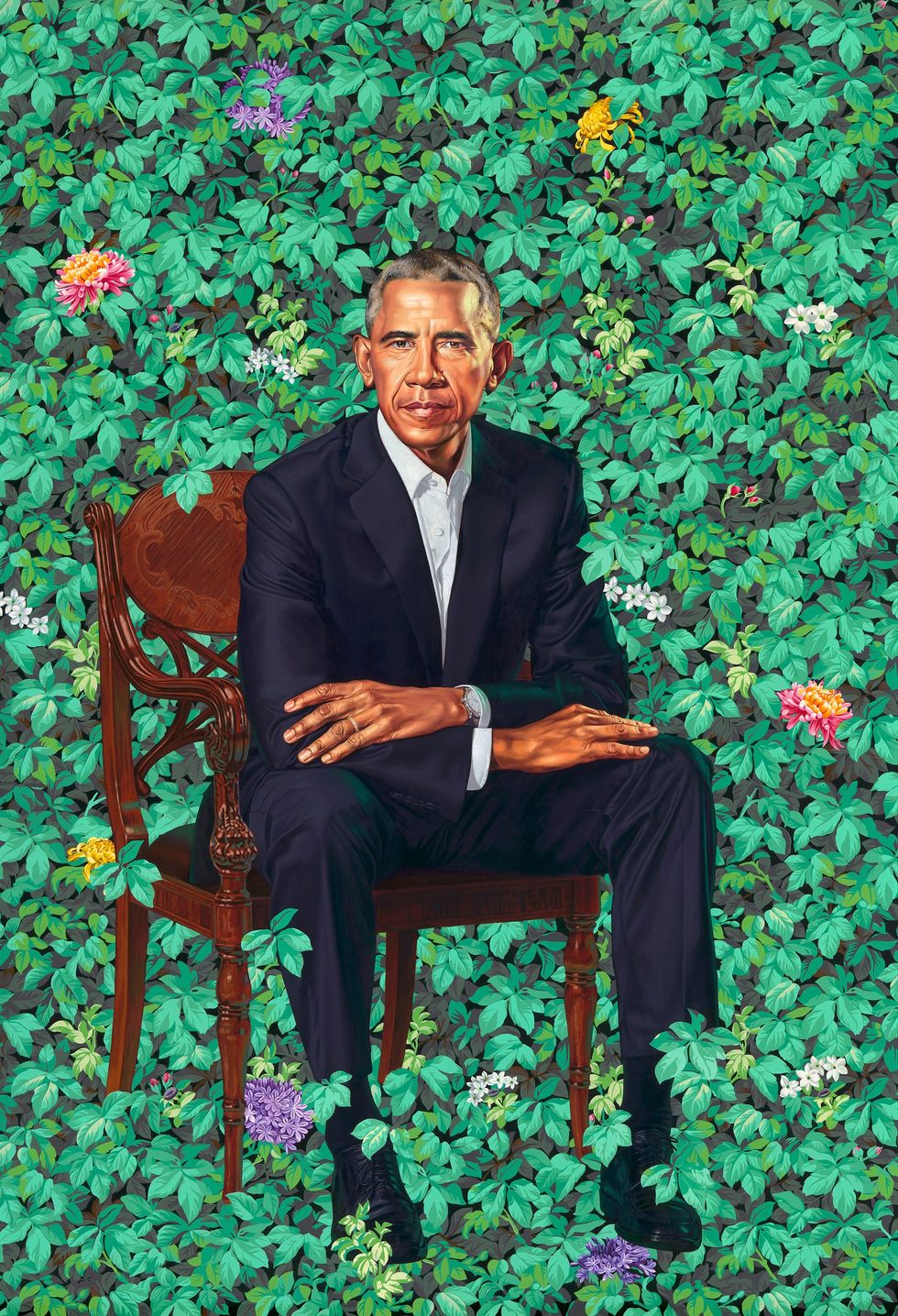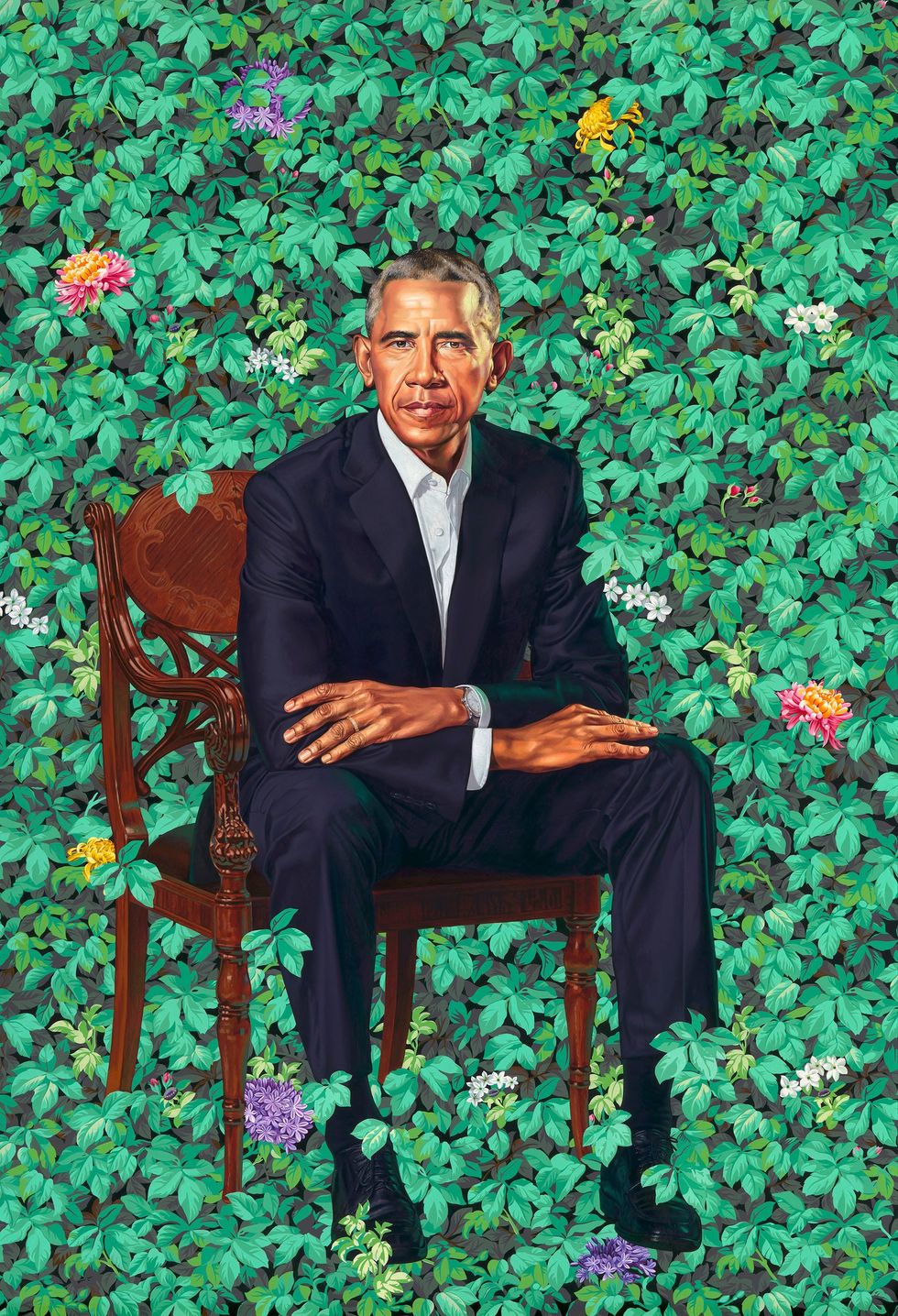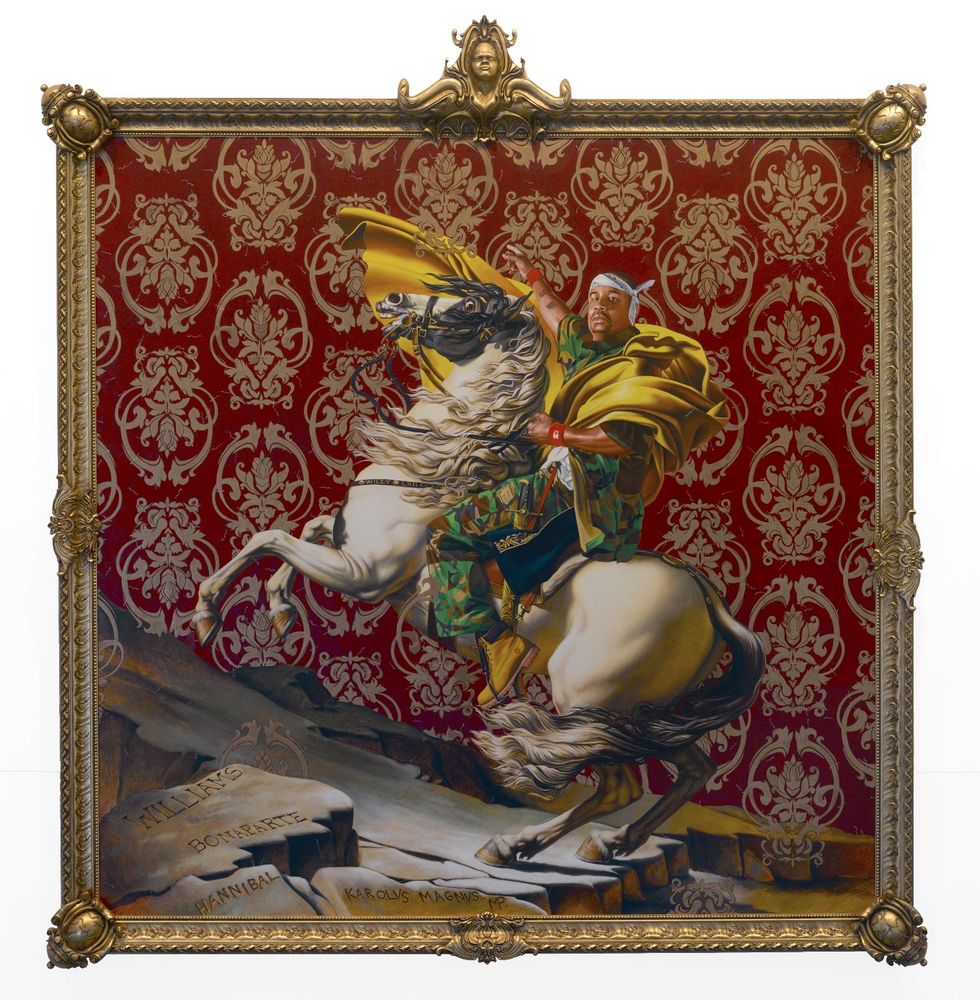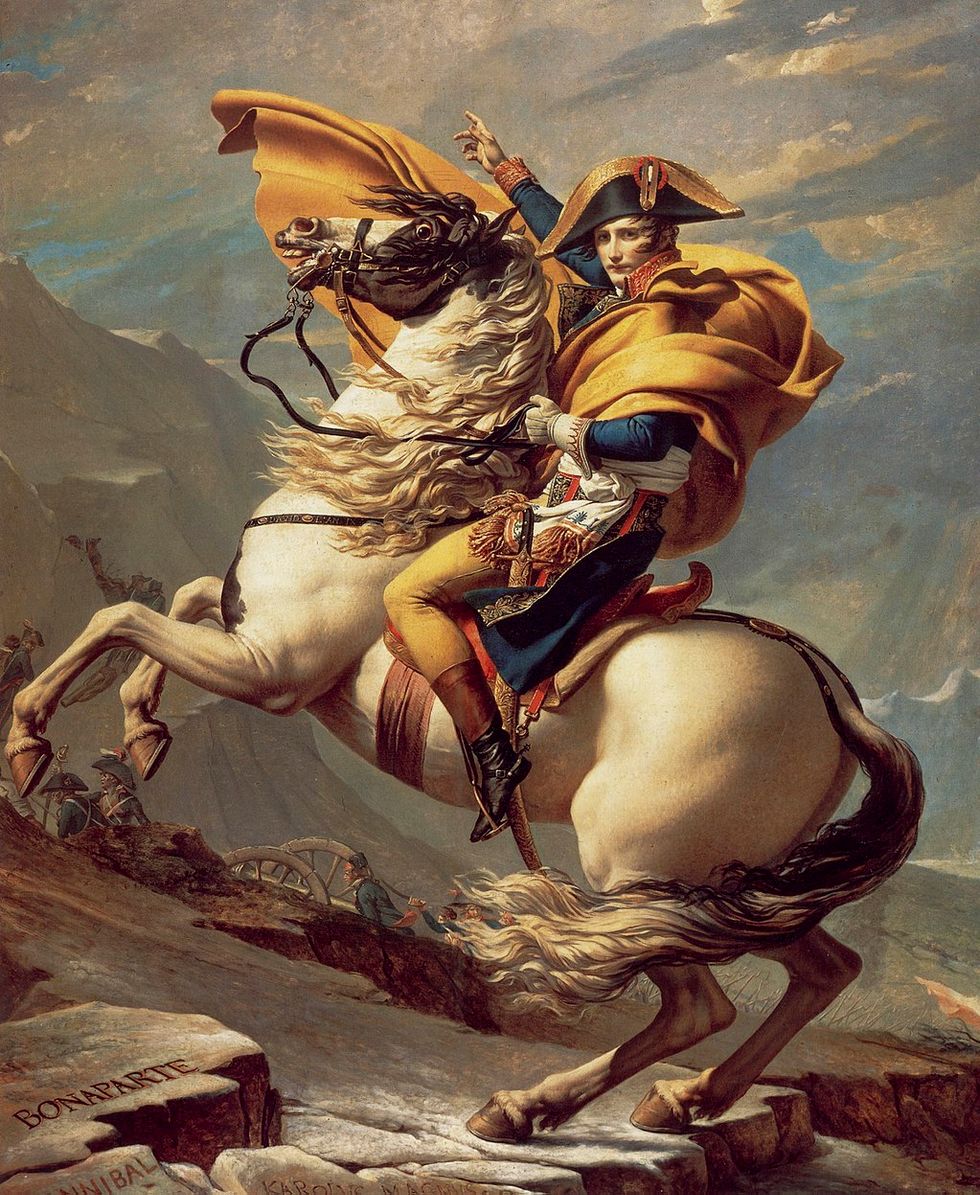Until the unveiling of former President Barack Obama's portrait at the Smithsonian National Portrait Gallery, in Washington, many were unfamiliar with the name Kehinde Wiley. A New York City-based artist known for his highly naturalistic depictions of African Americans, Wiley is known for his references to Old Masters paintings as composition and intermixing of contemporary culture as accessories. His innovative portrait of Obama immediately met with controversy as countless conservative media pointed fingers at its peculiarities. They simply find the painting too abstract, confusing, and different from its predecessors.
While these varied opinions are certainly logical, they only appeal to the general public who tends to experience contemporary art as a McDonald's drive-thru menu. Bombarded by the mass culture and social media, audiences today find it difficult to engage with contemporary art without feeling perplexed or impatient. Truly, contemporary art requires a sophisticated viewer, who is willing to interpret all of its idiosyncratic traits.
The essence of contemporary art lies in its infinite possibilities. The canvas is no longer a confined space governed by Renaissance cannons of lines, perspectives, and compositions. Painting has transcended beyond medium specificity and pictorial naturalism, diving into realms of conceptual understandings. In fact, this is the exact reason why post World War II art has pursued radical routes to prove its point.
Slowly, traditions set by the Old Master have become relics of the past and reforming an experimental society invigorates avant-garde artists like Wiley himself. Wiley's portraiture tends to incite frustrating cultural questions America loves to avoid - African Americans and their typical roles in the history of art.
In Wiley's Napoleon Leading the Army Over the Alps (2005), he creates an equestrian portrait of a black male dressed in hip-hop influenced streetwear. Based on Jacques-Louis David's 1801 equestrian portrait, Napoleon Crossing the Alps, Wiley created a picture filled with deliberate contrasts - the difference in race, rearing horse's flaring nostrils, the confidence of the figure, and dress.
Wiley's youthful subject is clothed with streetwear attributed to popular African American street culture - camouflage shirt, cargo pants, and bandana. Filled with decorative Baroque floral motifs, the painting's background intervenes with the audience's preconceptions of portraitures. The typical illusionistic ambiguous background is lost in Wiley's depictions and matched with a distracting yet realistic wallpaper that refers to high culture.
The Presidential portrait of Obama shares similar characteristics to Wiley's most celebrated works. It sets in a rather distinct context, mood, and purpose. It is a fusion of period styles, color swatches, and heroic manners. The initial shock one must have experienced while gazing upon this magnificent depiction is quite understandable - the overly powerful background foliage, Obama's semi-casual outfit, and the incongruity between background and figure all refer to an unusual mode of portraiture.
But why? Here, Wiley attempts to defy conventions previous presidential portraits have established - the typical prestigious white men showing unprecedented courage, intellect, and power embodied on a canvas. Obama no longer ponders at his resolute desk but instead floats atop an ordinary wooden chair. The feet of the chair sits before vibrant foliage of flowers. All symbolic of Obama's past - blue lilies for his Kenyan ancestry, jasmine for his childhood in Hawaii, and chrysanthemums for his jumpstart career in Chicago - these flowers are emblems of the former president's growth and the procession of his fascinating journey to the Oval.
At a crossing where America is contemplating its divided positions, Wiley intrigues his audience with inquiries. His art evokes a sense of frustration - the inability to comprehend. Diverging far from expectations and traditions, Wiley has the audacity to redefine boundaries of art, creating contrasting cultures and playing with our desires.
























